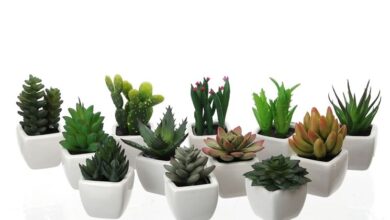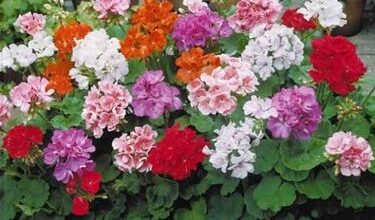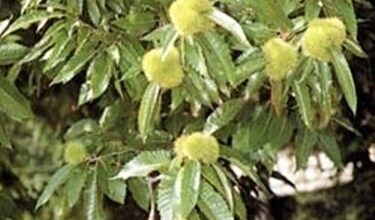Parsley decoction
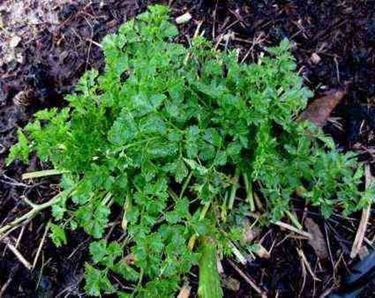
Parsley

Cultivation and diseases
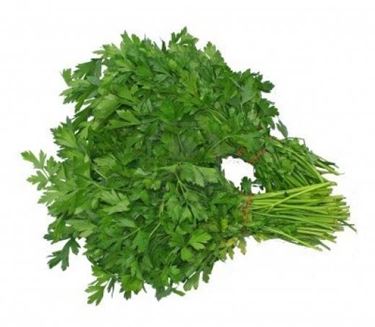
The ideal temperature for the plant to grow well is between 16 – 20 ° C, temperatures below 0 ° C and above 35 ° C are not welcome. For irrigation, Parsley should be watered almost every day in order to create moisture in the soil. It does not require particular attention regarding the soil, but appreciates if you use a light soil, with an acid pH and well drained. This plant does not like water stagnation, in fact, it is advisable to add some fine sand. Given these small attentions, if the parsley is grown in pots, it is preferable to use clay pots so that the soil breathes. Parsley can be attacked by some parasites such as: beetle and roach larvae, which eat the roots, and aphids which attack the plant causing a curl in the leaves. It can be sown from February to August, it depends on when we intend to collect the leaves; the harvest takes place from March to December, depending on the period in which it was sown. The seed must be buried at a depth of 0.5 – 1 cm and can be cultivated in rows or broadcast with a distance of 7 – 8 cm between one seed and another.
Various decoctions and uses
Parsley is rich in minerals and vitamins, it also offers many benefits for nutrition. Contains vitamin A, which helps and improves vision as well as the immune system; vitamin K, which is good for bones and tissues; Vitamin C, which aids in healing and keeps skin healthy, and B vitamins which are important for making red blood cells and potassium. Additionally, parsley is a good source of folic acid and iron. To prepare parsley-based infusions, just use the roots and leaves of this plant. Parsley decoction can be used for detoxifying actions, as it affects the functioning of the kidneys. It is believed that parsley is able to purify the kidneys, in order to avoid diseases that affect these organs. A heavily loaded parsley infusion can be used to fade anasarca or diffuse edema. An infusion prepared with parsley leaves can be useful to cure everything that comes from alcoholism. In addition to having a healing action, parsley is widely used in cooking. It is used to season foods, prepare sauces, first courses and also main courses and side dishes, the important thing is to serve it raw and therefore, if it is added to hot dishes, it must be put at the end of cooking. Thanks to the presence of vitamins A which contribute to beauty, and vitamins E which contribute to the elasticity of the skin, parsley is even used in the aesthetic field to remove freckles and to clean the face. An infusion prepared with parsley leaves can be useful to cure everything that comes from alcoholism. In addition to having a healing action, parsley is widely used in cooking. It is used to season foods, prepare sauces, first courses and also main courses and side dishes, the important thing is to serve it raw and therefore, if it is added to hot dishes, it must be put at the end of cooking. Thanks to the presence of vitamins A which contribute to beauty, and vitamins E which contribute to the elasticity of the skin, parsley is even used in the aesthetic field to remove freckles and to clean the face. An infusion prepared with parsley leaves can be useful to cure everything that comes from alcoholism. In addition to having a healing action, parsley is widely used in cooking. It is used to season foods, prepare sauces, first courses and also main courses and side dishes, the important thing is to serve it raw and therefore, if it is added to hot dishes, it must be put at the end of cooking. Thanks to the presence of vitamins A which contribute to beauty, and vitamins E which contribute to the elasticity of the skin, parsley is even used in the aesthetic field to remove freckles and to clean the face. first courses and also main courses and side dishes, the important thing is to serve it raw and therefore, if it is added to hot dishes, it must be put at the end of cooking. Thanks to the presence of vitamins A which contribute to beauty, and vitamins E which contribute to the elasticity of the skin, parsley is even used in the aesthetic field to remove freckles and to clean the face. first courses and also main courses and side dishes, the important thing is to serve it raw and therefore, if it is added to hot dishes, it must be put at the end of cooking. Thanks to the presence of vitamins A which contribute to beauty, and vitamins E which contribute to the elasticity of the skin, parsley is even used in the aesthetic field to remove freckles and to clean the face.
Parsley decoction: Myths and legends
As with other plants, some superstitions and beliefs are also linked to Parsley. According to some, cutting parsley when you are in love is equivalent to «breaking» your love; according to others, parsley was associated with evil and death, in fact it is said that the Romans hid a sprig of this plant in their togas for protection, even its use in the kitchen indicated protection from contamination. Many thought that parsley prevented pregnancy and promoted menstruation. Already known in ancient times, the Greeks did not use it only for the aroma but as a decoration for their gardens, tombs, but above all they used it against ailments concerning the bladder, kidneys and toothache. The Romans, in addition to using it for protective purposes, they used it to pack «gifts» for the guests of organized banquets. The Etruscans, on the other hand, made parsley a plant with magical properties. From parsley, which has the particularity of being used everywhere, derives the nickname of “parsley” which indicates precisely “being a bit everywhere” and which is often associated with a little intruding people.

